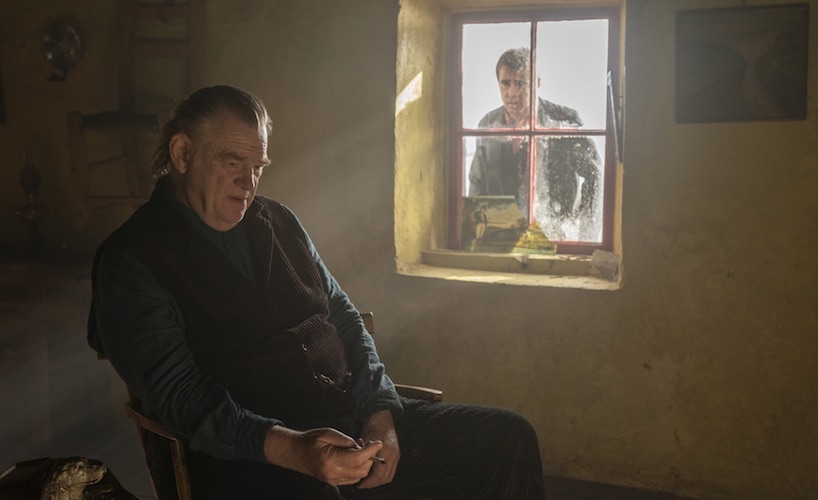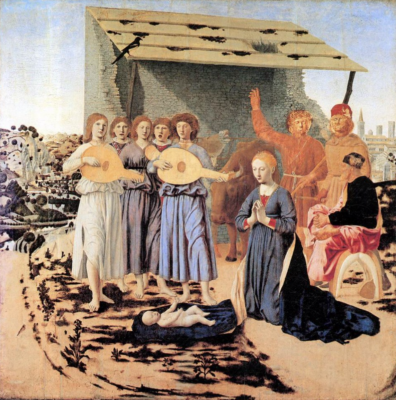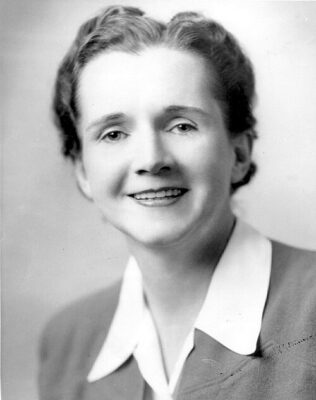
In Martin McDonagh’s eagerly awaited fourth film, The Banshees of Inisherin, there’s a sparsely populated island just off the coast of Ireland known as… Inisherin. The year is 1920, and the islanders are a colorful lot trying to make the best of their uneventful lives. Pádraic, portrayed by Colin Farrell, and his best friend, Colm, played by Brendan Gleeson, always meet at the pub at two in the afternoon for a pint. On the day their story begins, at the appointed time, Pádraic goes to the pub to find his friend not there. He soon finds out Colm no longer wants to be his friend. Colm is resolute. Pádraic is hurt and baffled.
At first, we’re baffled too. Pádraic is a nice enough fellow who means well, even if he is a tad dim and not exactly known for stimulating conversation (he once spent two hours describing what he found in pony manure). The thing is, Colm, a couple of decades older and more cultured than his newly christened ex-friend, reckons he has only a dozen years or so remaining. Rather than squander precious time socializing with the affable but extremely dull Pádraic, Colm decides he’d like to devote himself to composing music in the hopes of creating everlasting art. Can Pádraic move on? The short answer is, no. Poor heartbroken Pádraic is simply unable to leave Colm alone. Exasperated, Colm delivers a masochistic ultimatum that reveals the true depths of his existential despair: for each infraction of his privacy, he will cut off one of his own fingers with a pair of shears.
The Banshees of Inisherin marks the first time writer/director Martin McDonagh steps outside the crime genre, although his singular talent for devising new ways to explore themes of friendship, mortality, and retribution remains intact. With the help of cinematographer Ben Davis, who photographed McDonagh’s Three Billboards Outside Ebbing, Missouri and Seven Psychopaths, the green hills, ocean cliffs and naturally lit interiors are captured with a beauty just shy of artistic grandstanding. Coupled with period-perfect costumes and set designs, the fictitious island of Inisherin comes to life. McDonagh’s motley crew of characters include Pádraic’s book-smart sister, Siobhan, wonderfully portrayed by Kerry Condon; Dominic, the village idiot, whose touching and funny performance by Barry Keoghan represents a career high; and Mrs. McCormick, the harbinger of death and closest thing to an actual banshee, personified by the perfectly cast Sheila Flitton. As good as the entire ensemble is, the sad, weary-eyed performance by Brendan Gleeson stands out even when he isn’t facing the camera; every time Colm turns his back on Pádraic and quietly walks away – hulking physique, slightly hunched over, with the tails of his black overcoat flapping in the wind – he becomes the living embodiment of despair.
McDonagh is one of the few consistently great writers of dialog working today. His prose recalls the precision of Aaron Sorkin and the poetic verbosity of Tarantino, and his irreverent sense of humor undercuts the darker side of humanity he tends to gravitate towards. The Banshees of Inisherin, as the title implies, is about death, both literal and figurative, but it’s the sad demise of a friendship that forms the bedrock of this brilliant, often poignant, frequently funny Irish fable.
For KSQD’s Film Gang, this is Paul Kanieski












